Project712’s latest virtual tuning series reveals an unexpected truth about Kia’s heritage – that the PV5 isn’t just their first Purpose-Built Vehicle, but proof that their ‘movement’ was always about moving goods, services, and possibilities – sustainable mobility solutions eight decades before it became their vision.
When I started digging through archives for WRD°’s Project712 PV5 livery project, I expected to find typical commercial vehicle history – boring specs, utilitarian designs, predictable evolution. What I discovered instead was something far more profound: Kia’s entire 80-year journey has been building toward the PV5, and most people never noticed.
The Accidental Heritage
Here’s the untold story of Kia’s heritage: their most authentic DNA isn’t the Stinger or the EV6. It’s not even passenger cars. Since 1944, when they started as Kyungsung Precision Industry making bicycle parts, Kia has been in the business of building tools, not toys.
The 1950s Samcheonri bicycle tells the whole story. Officially named “Samcheonri-ho,” everyone called it the “rice shop bicycle.” Look at the specs – extended wheelbase, reinforced cargo platform, built for hauling bags of rice through narrow Seoul alleys. This wasn’t leisure; this was livelihood. In modern terms, it was Korea’s first LCV (Light Commercial Vehicle) and PBV rolled into two wheels.
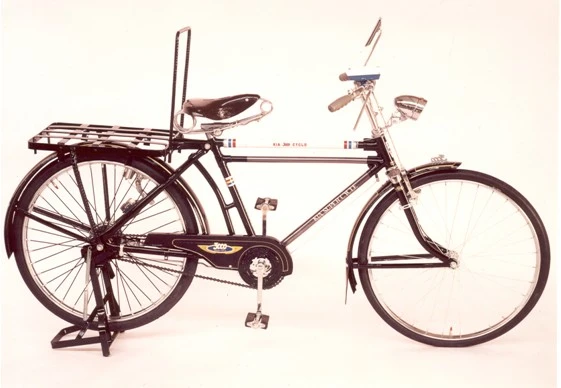

The Pattern Nobody Saw
Follow the timeline, and the pattern becomes undeniable:
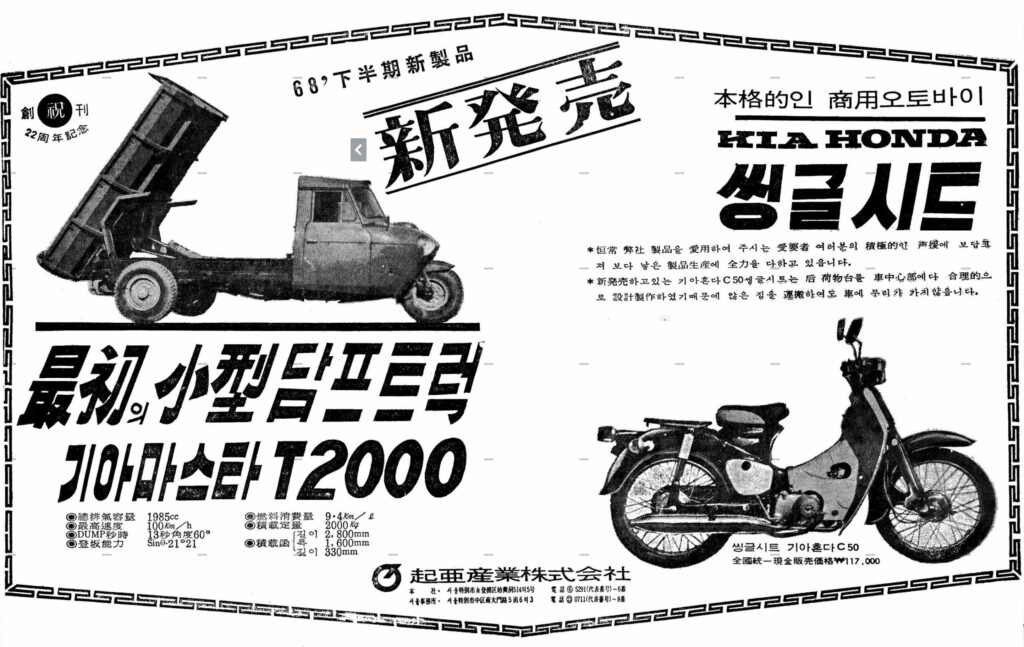

1962: Kia licenses Honda’s Super Cub C100. Not the sporty version – the underbone frame variant optimized for cargo. Same DNA as the rice bicycle, just with an engine.
1960s: The three-wheeler arrives. Former Kia Chairman Kim Sun-hong revealed in our Behind the Wheel interview series that the government specifically requested Kia develop these to replace ox-carts in Seoul. By 1968, Seoul banned animal-drawn vehicles within the four gates. In 2025, they’re banning Euro 4 diesels. Progress has a funny way of repeating itself.
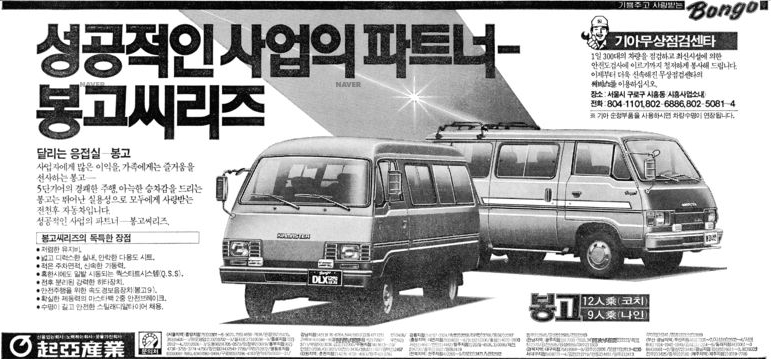

1980: Enter the Bongo. Just in time for 1981’s Automobile Industry Rationalization Policy, which legally banned Kia from making passenger cars. Overnight, every engineer, factory worker, and salesperson who’d been building sedans had to pivot to trucks and vans.
This forced specialization might have killed other companies. For Kia, it was accidentally perfect.
The Culture Revolution Nobody Expected
Here’s where it gets interesting. Dig through Kia’s 1980s archives and you’ll find something bizarre: they weren’t just selling commercial vehicles, they were selling a lifestyle. The company operated “Bongo Summer Camp Villages” at Jumunjin Beach. They published a magazine called “Bongo Culture.” They ran photo contests with a category for “Pretty Bongos” – commercial vehicles decorated with business liveries that would inspire our Project712 designs forty years later.
The marketing materials reveal Kia understood something revolutionary: work vehicles didn’t have to be purely utilitarian. The 9 and 12-passenger Bongo models were advertised as “rolling reception rooms.” Sound familiar? It’s exactly what Kia says about the PV5 today, just four decades early.
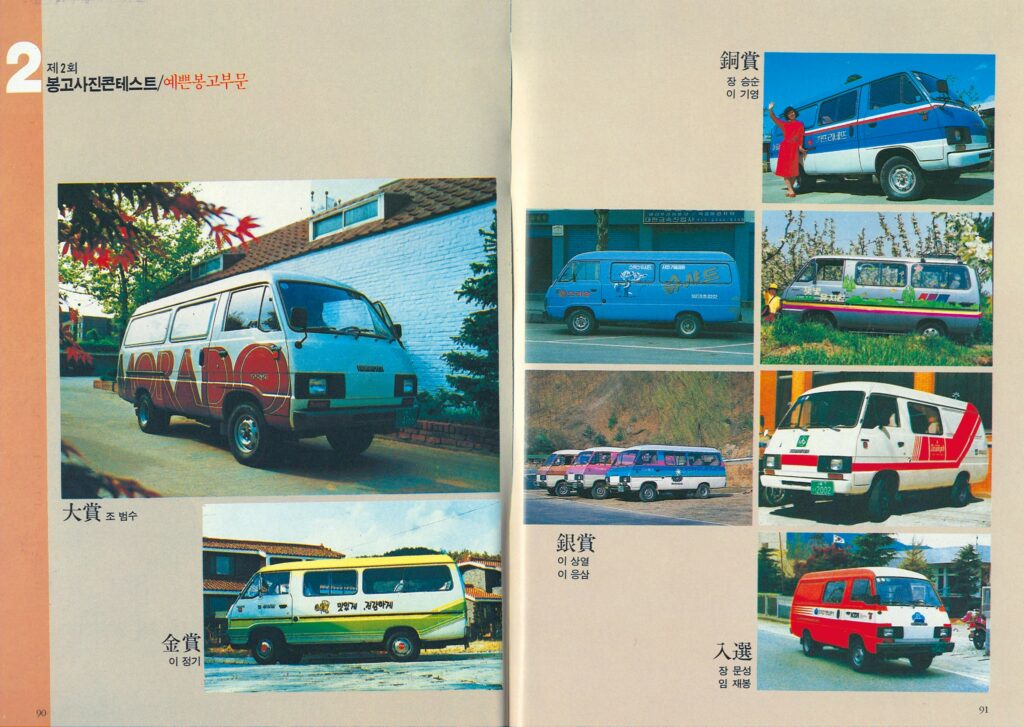

The Electric Circle
The most poetic connection might be the 1986 Besta EV. Claimed as the world’s third and Korea’s first electric vehicle, it served as a marathon pace car at the 1986 Asian Games and 1988 Seoul Olympics. One charge gave you 114-120km range. Top speed: 90km/h. It could charge from a regular 220V outlet – what we’d now call Level 1 charging.
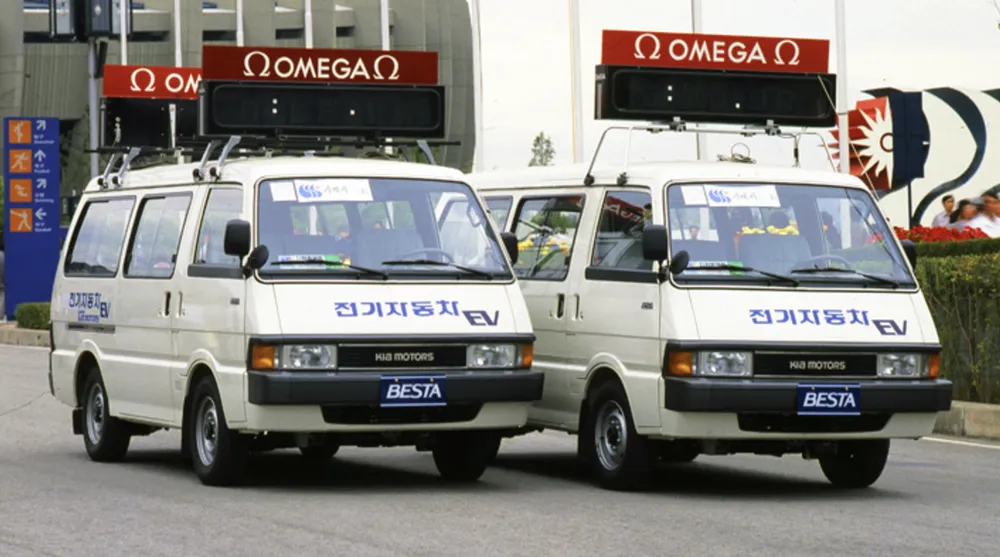

Why This Matters
Kia defines their PBV as “Platform Beyond Vehicle,” but they’re missing their own story. The PV5 isn’t a new direction – it’s the logical conclusion of 80 years spent building vehicles that work for a living. While other manufacturers chase passenger car glory and pivot to commercial vehicles for the EV transition, Kia is simply coming home.
Every major Kia vehicle has been purpose-built:
- Bicycles built for rice delivery
- Motorcycles built for cargo
- Three-wheelers built to replace ox-carts
- Bongos built because the government said they couldn’t build anything else
- PV5 built because the future of mobility isn’t about driving – it’s about doing
The Livery Testament
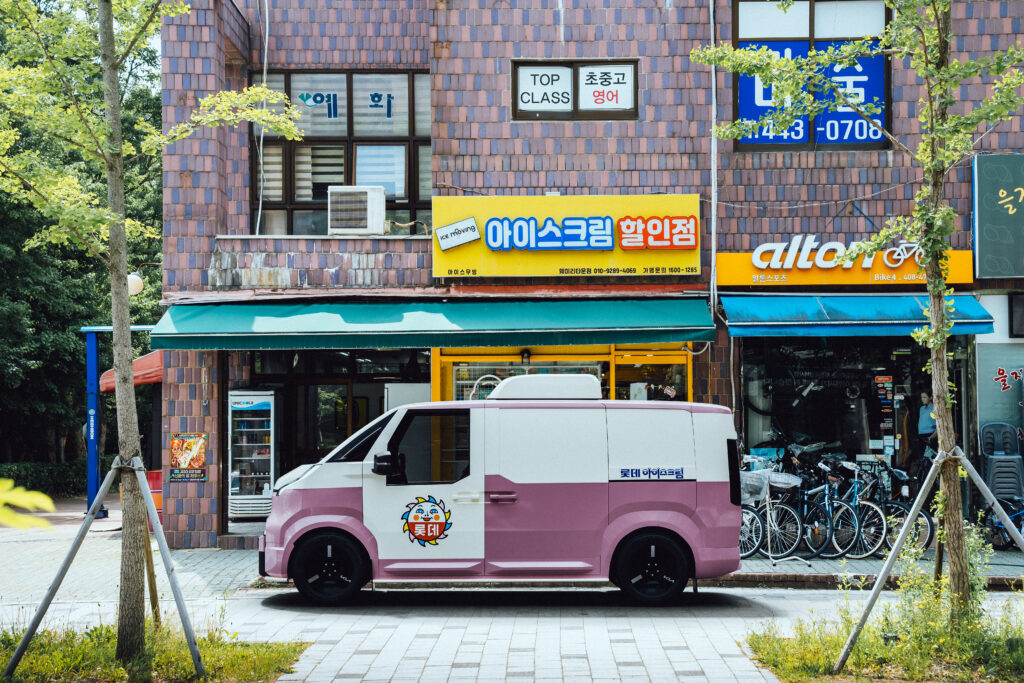

Based on the 1972 T600 three-wheeler now registered as cultural heritage, showing how these vehicles literally delivered Korea’s childhood memories
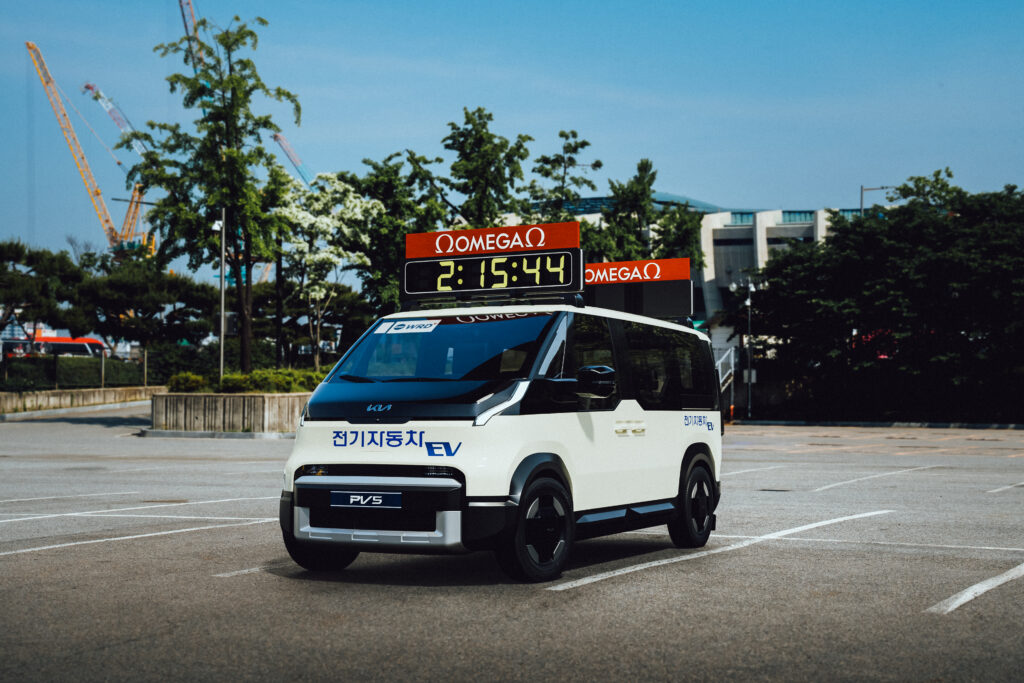

Recreating the 1988 Olympics pace car livery, complete with Kim Won-tak’s 2:15:44 marathon time
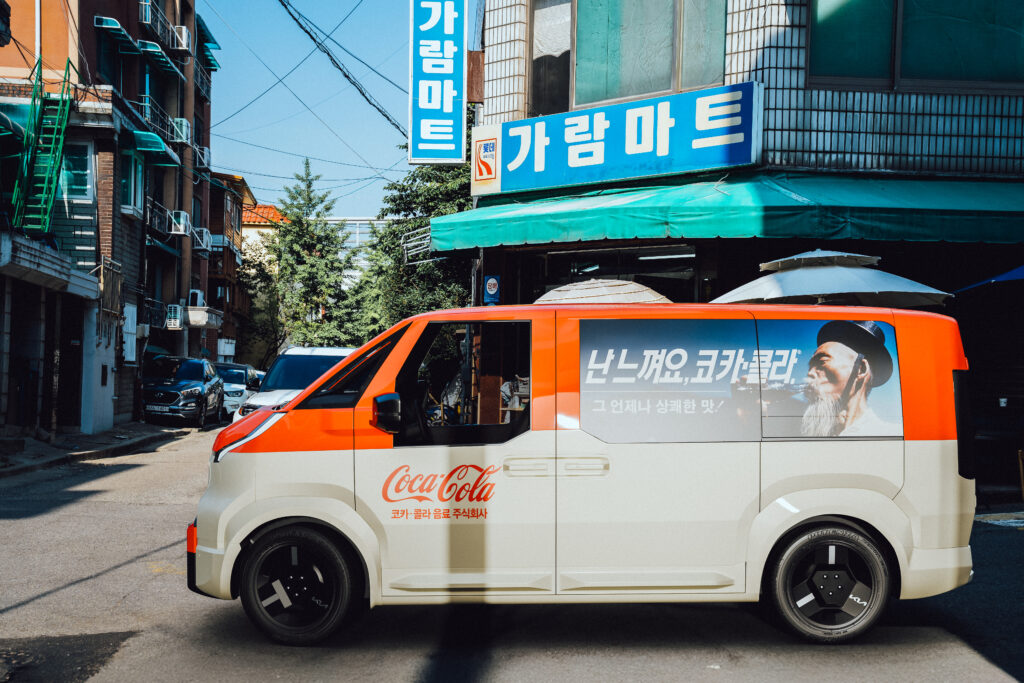

Classic 1970s-80s delivery truck graphics when Bongos distributed refreshment nationwide
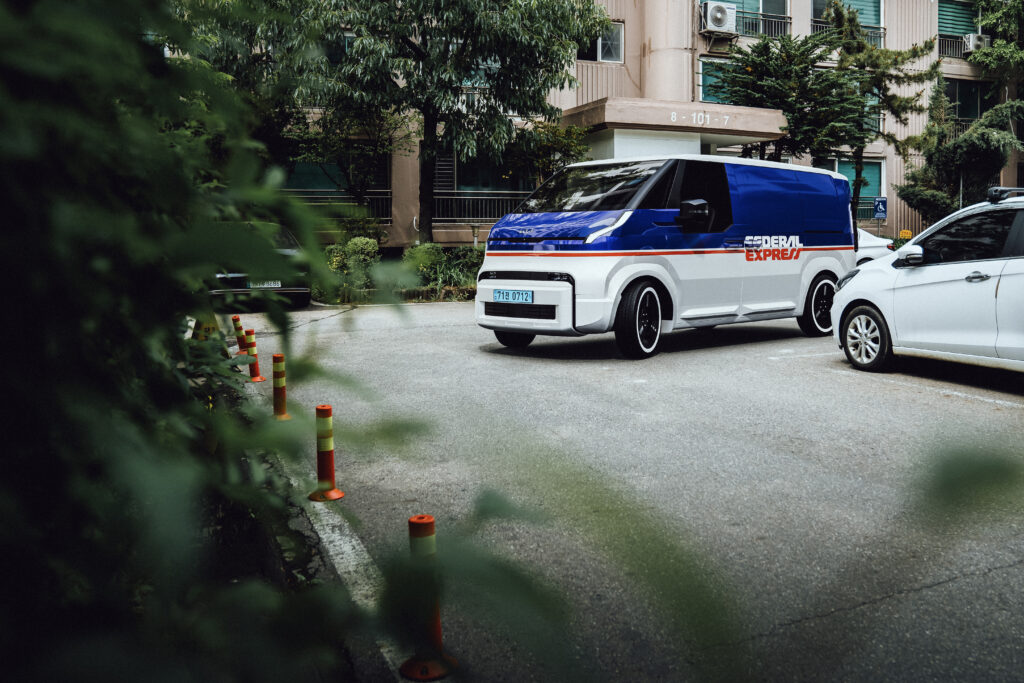

When global logistics met local delivery, representing Korea’s integration into world commerce
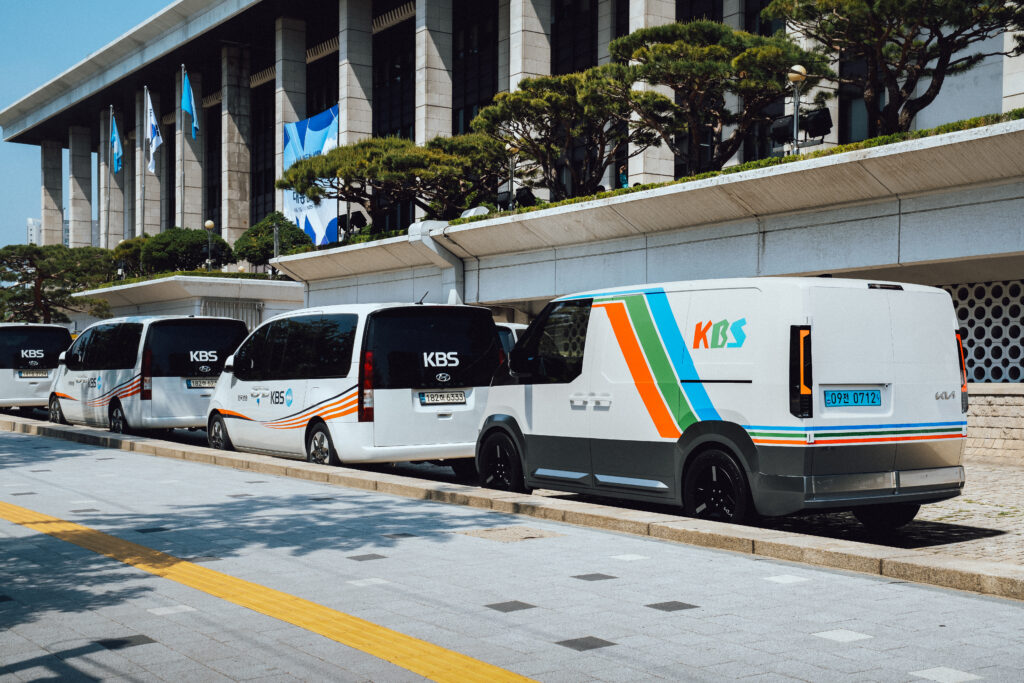

Broadcasting vans that documented Korea’s transformation, old logo on new tech
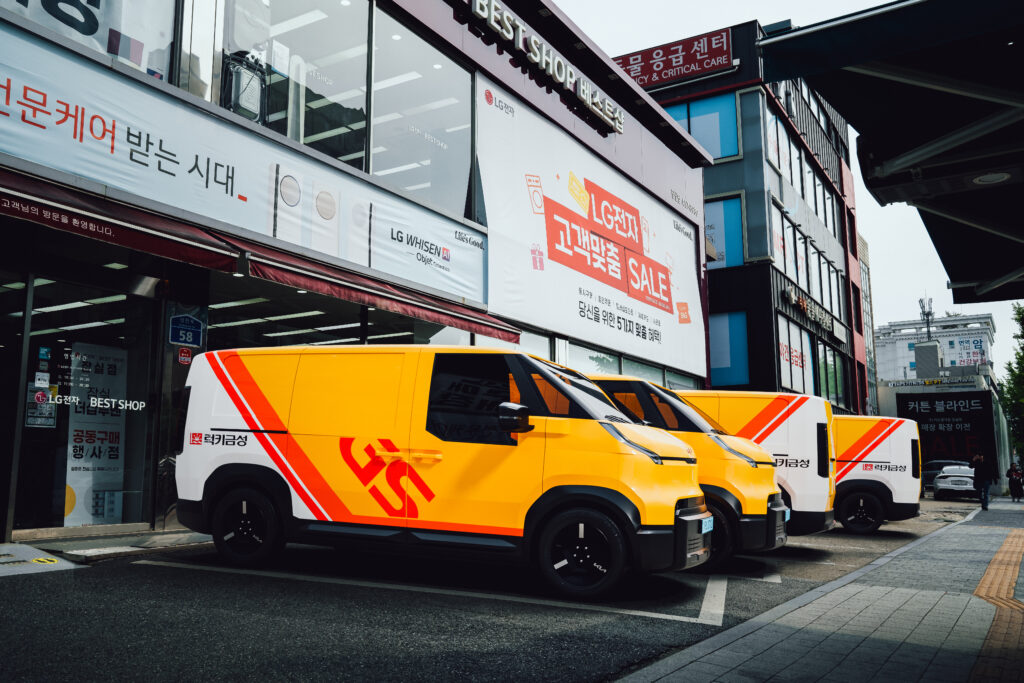

The 1983 graphics from what would become LG, representing Korea’s electronics boom when delivery trucks carried the first VCRs and washing machines to transform Korean homes
The Uncomfortable Truth
Project712’s PV5 livery series exists because sometimes the most important stories hide in plain sight. By wrapping Korea’s retro commercial graphics around Kia’s newest platform, we’re not just creating pretty pictures – we’re making visible what was always there: an unbroken lineage of purpose-built vehicles stretching back 80 years. These liveries aren’t decorations; they’re archaeological evidence of a heritage that shaped modern Korea one delivery at a time.
The PV5 isn’t revolutionary. It’s evolutionary. It’s the rice bicycle with a battery, the Bongo with a screen, the three-wheeler with four wheels and zero emissions. It’s every working vehicle Kia ever built, refined by decades of forced specialization and accidental expertise.
And that’s exactly why it might work.


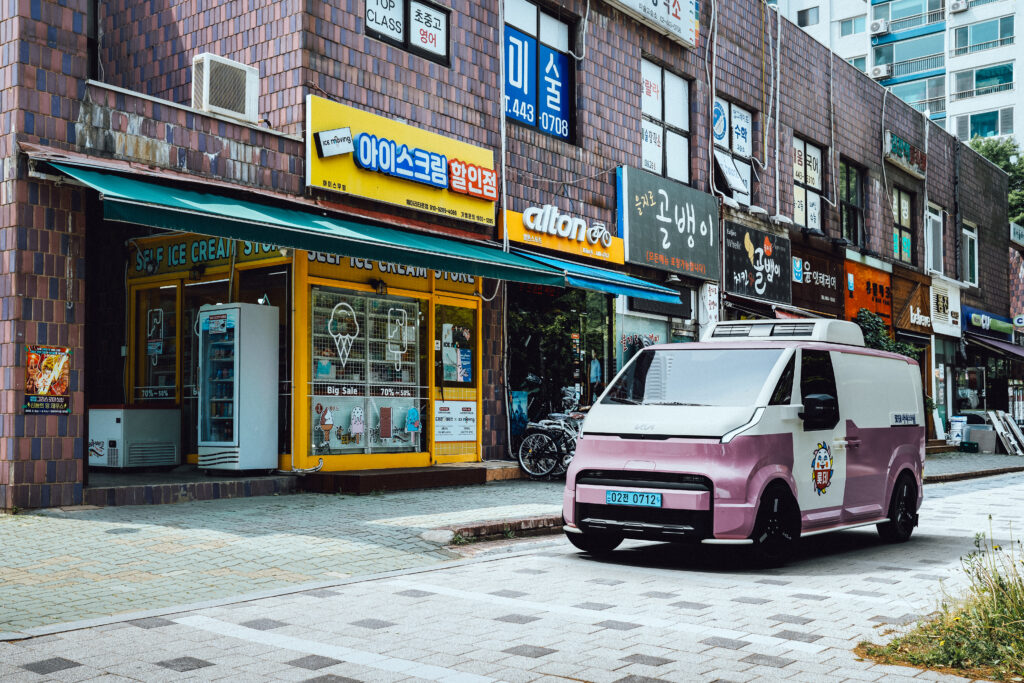

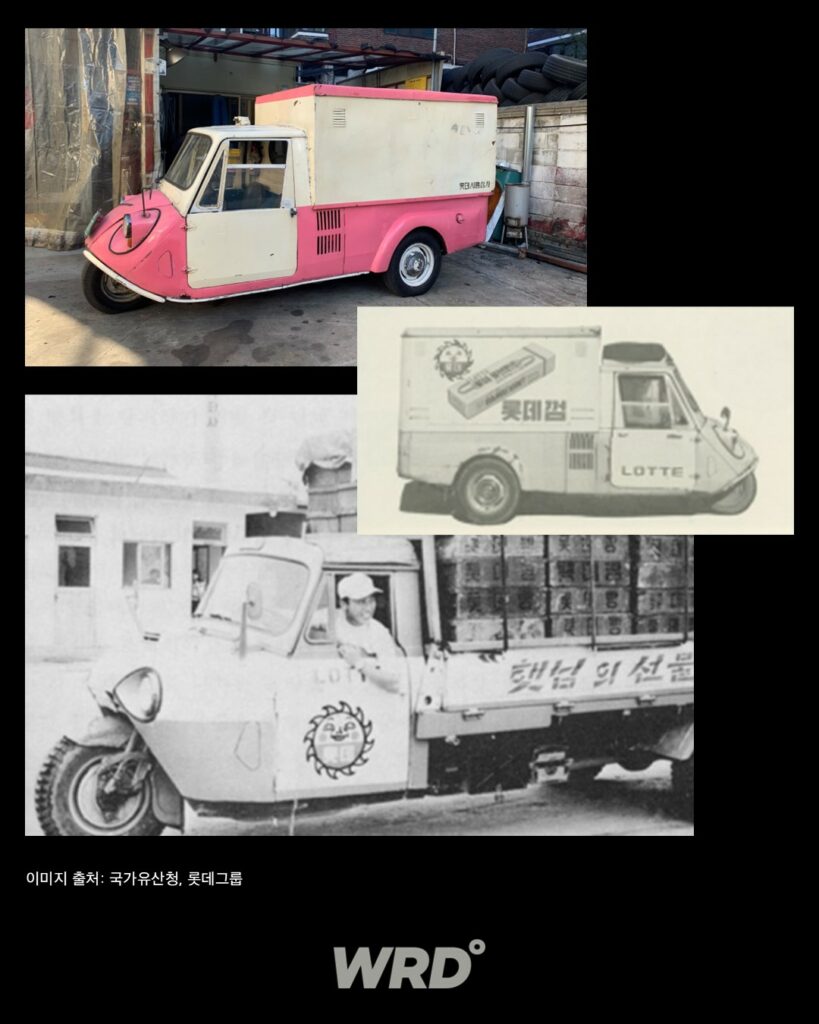



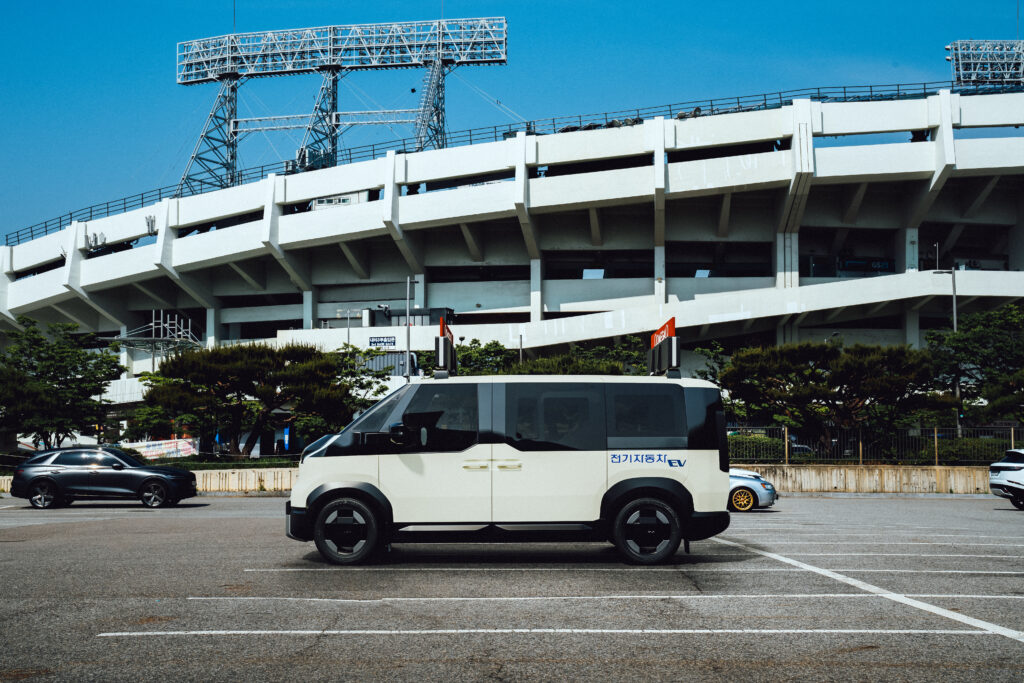

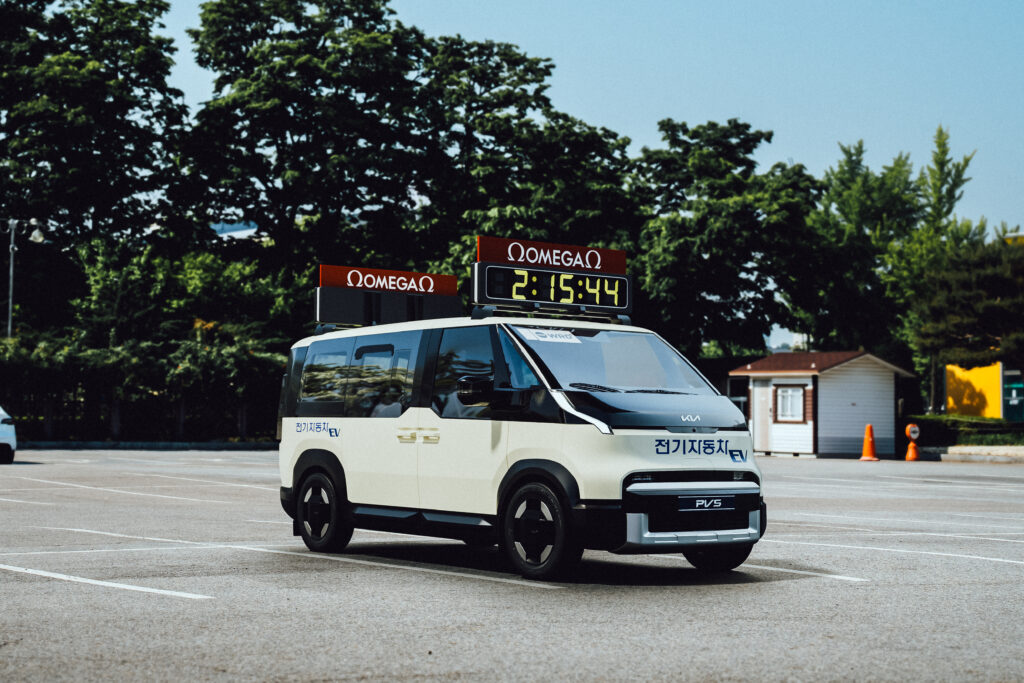

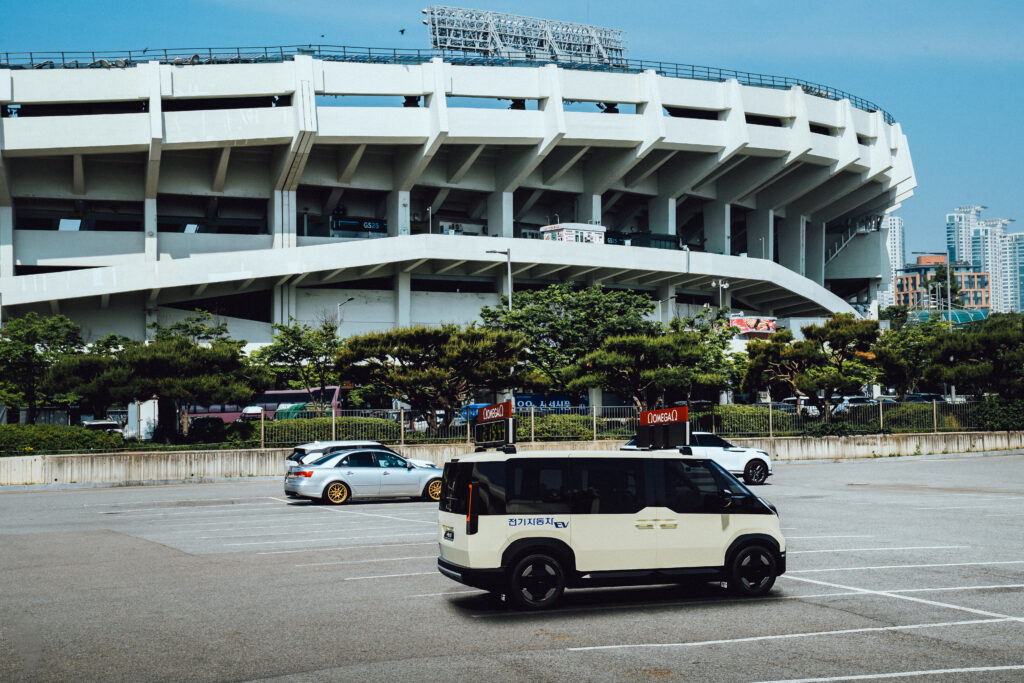

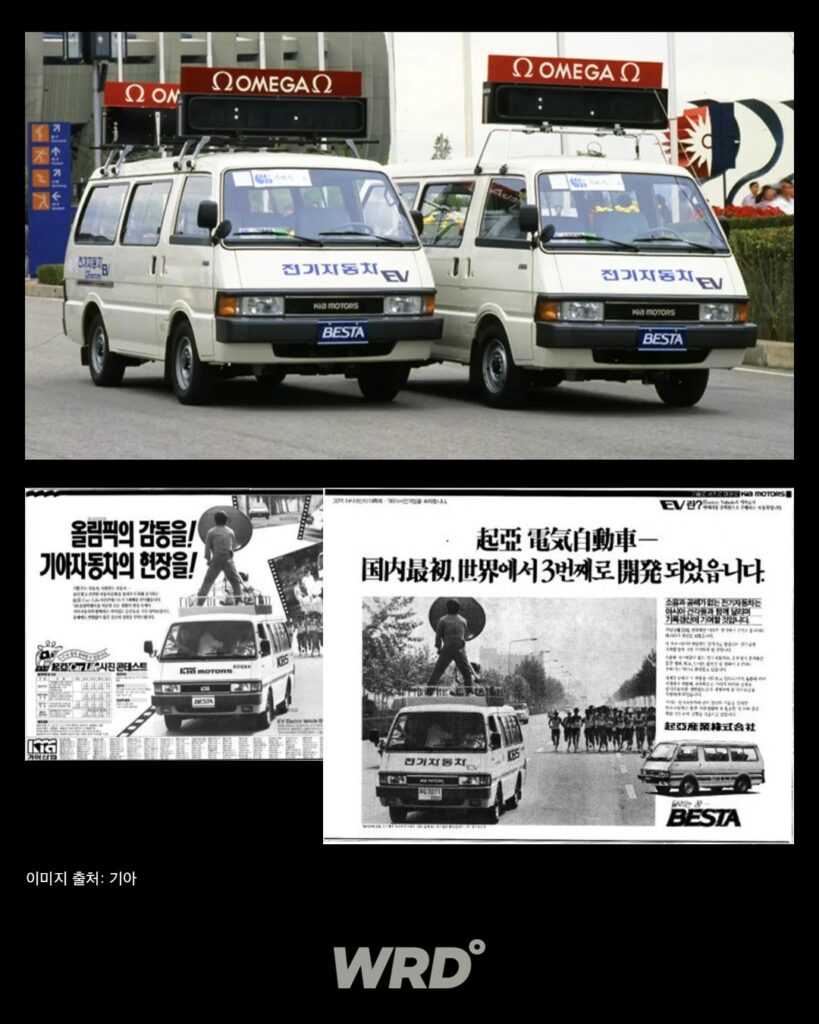



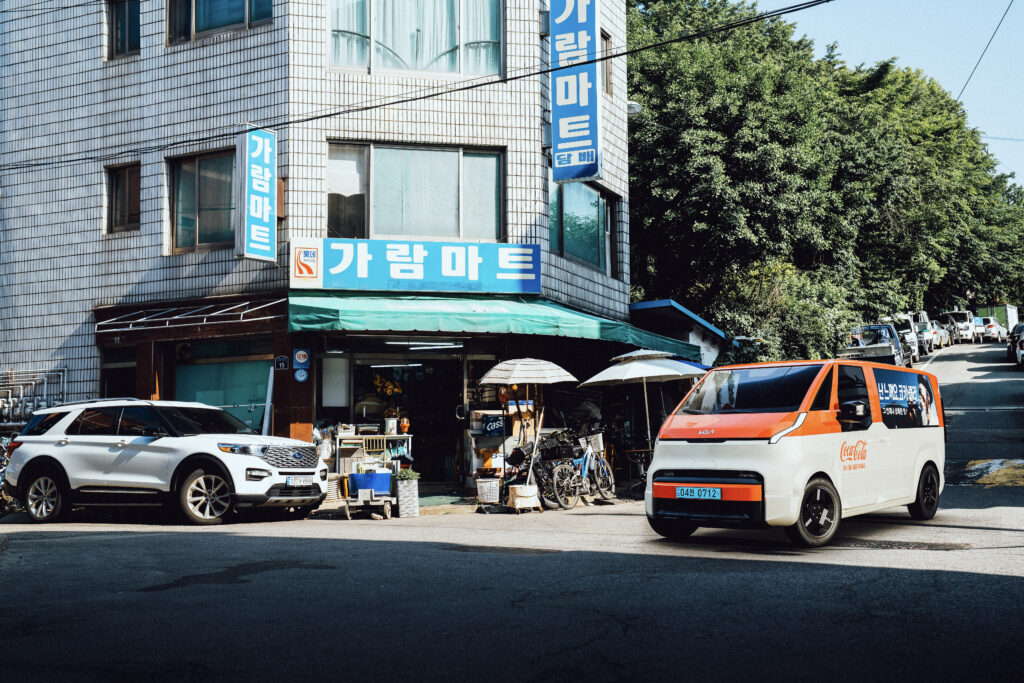

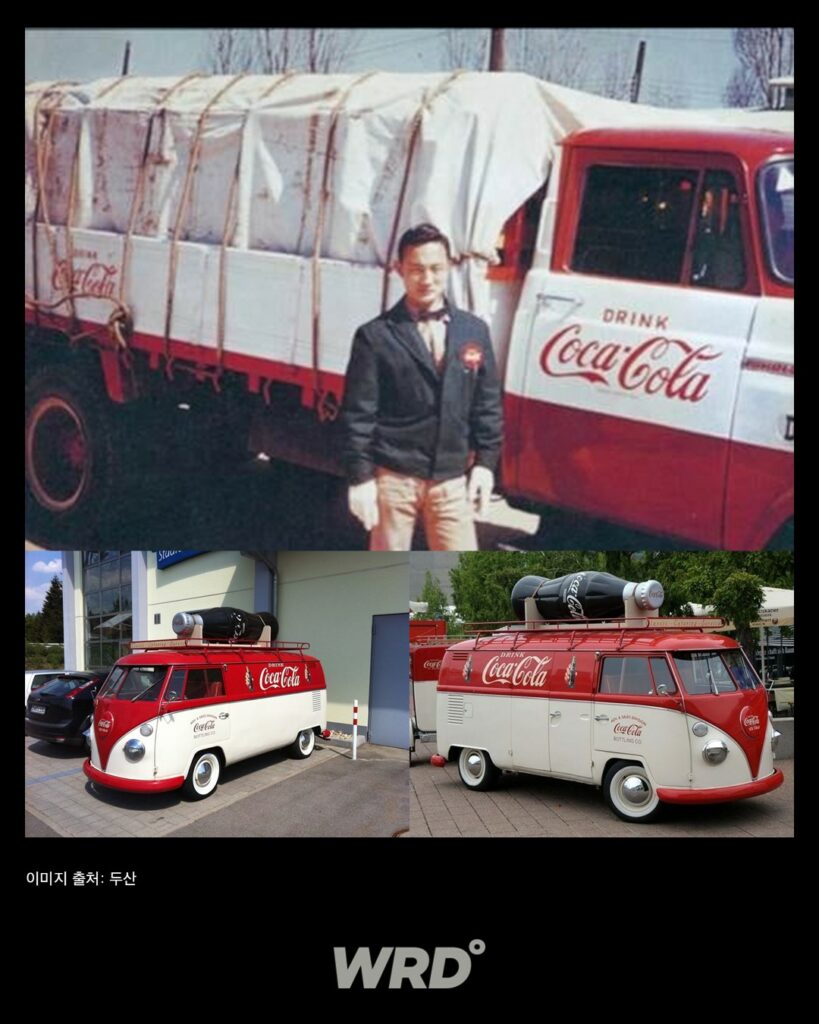



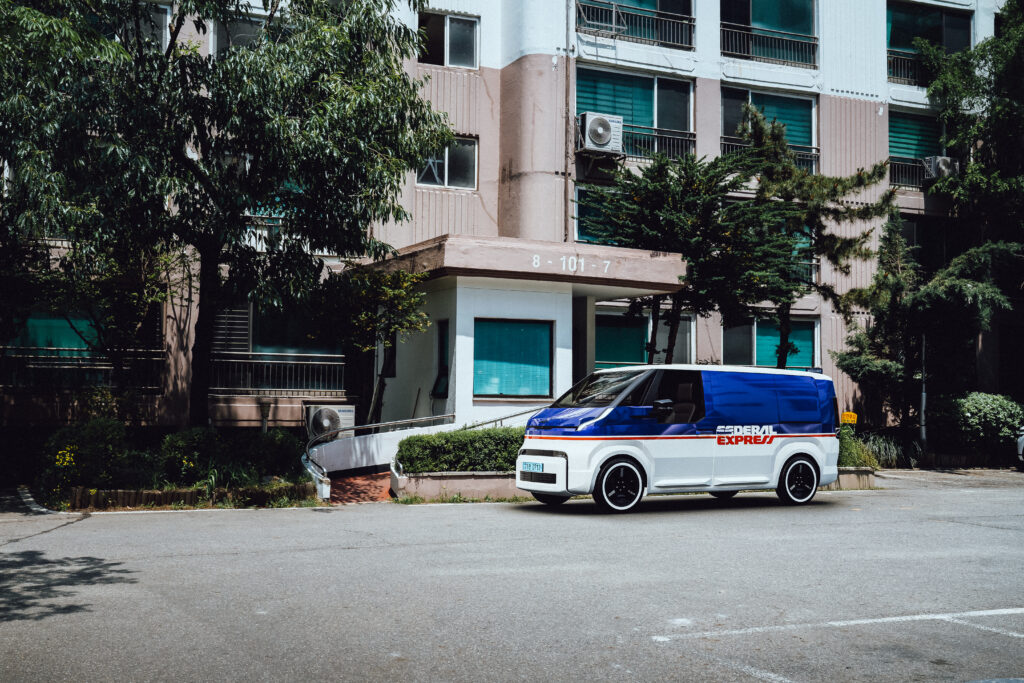

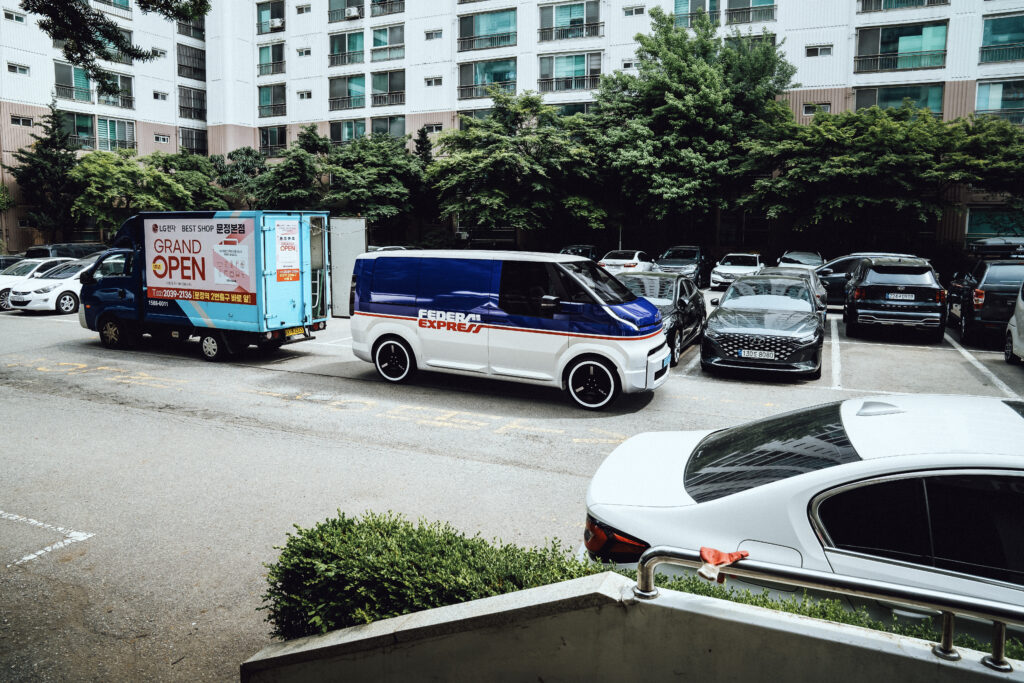

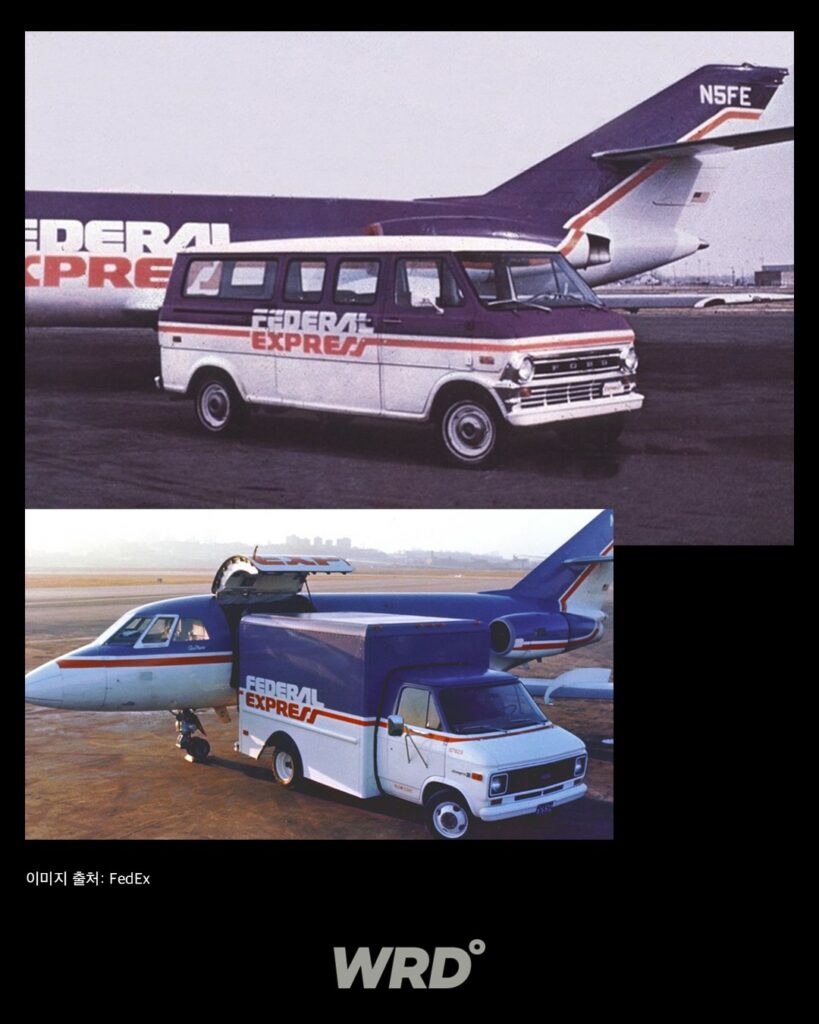

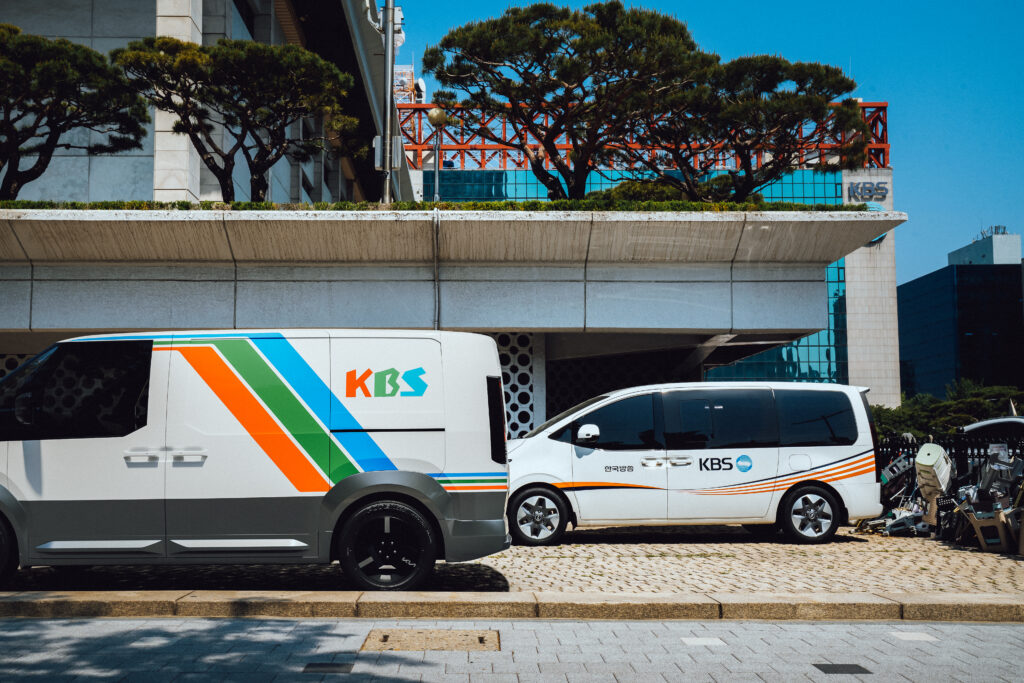

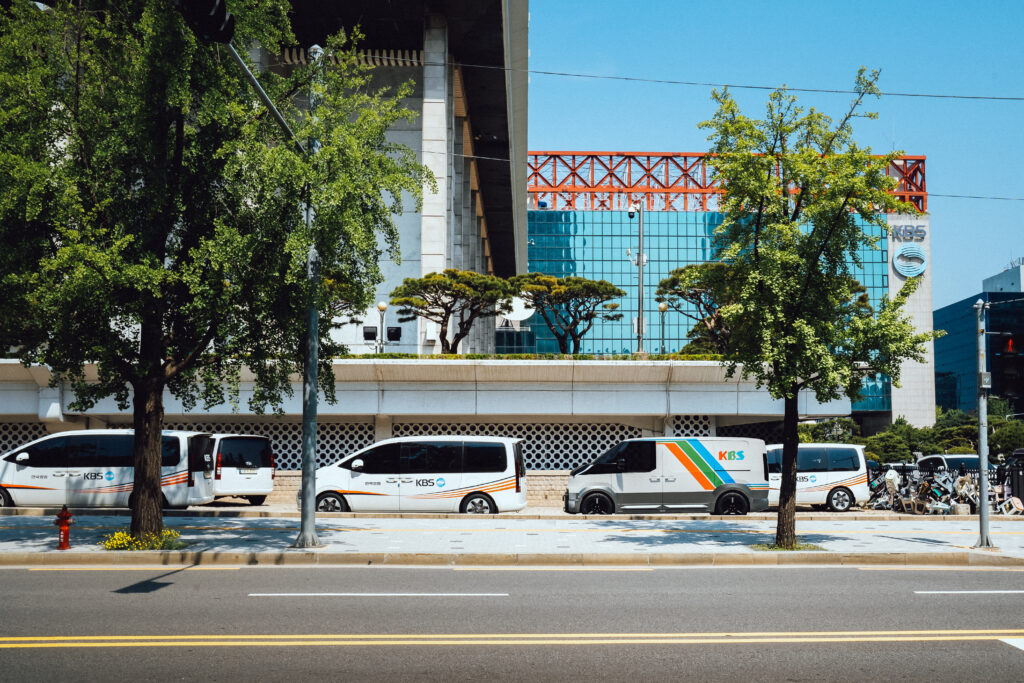





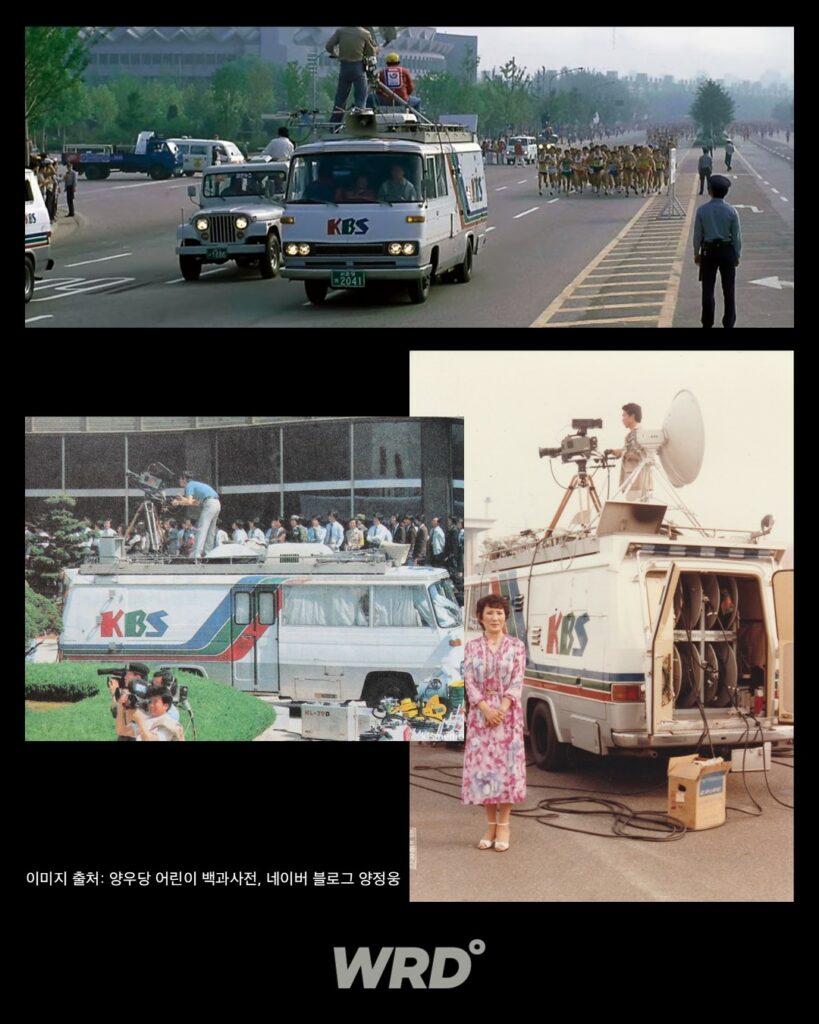



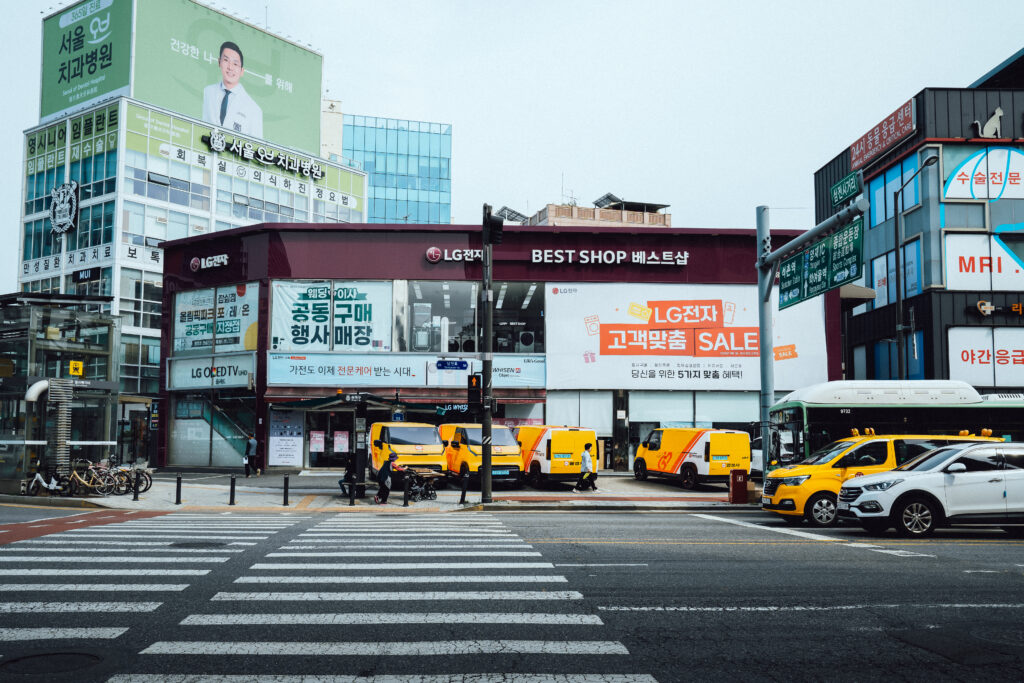

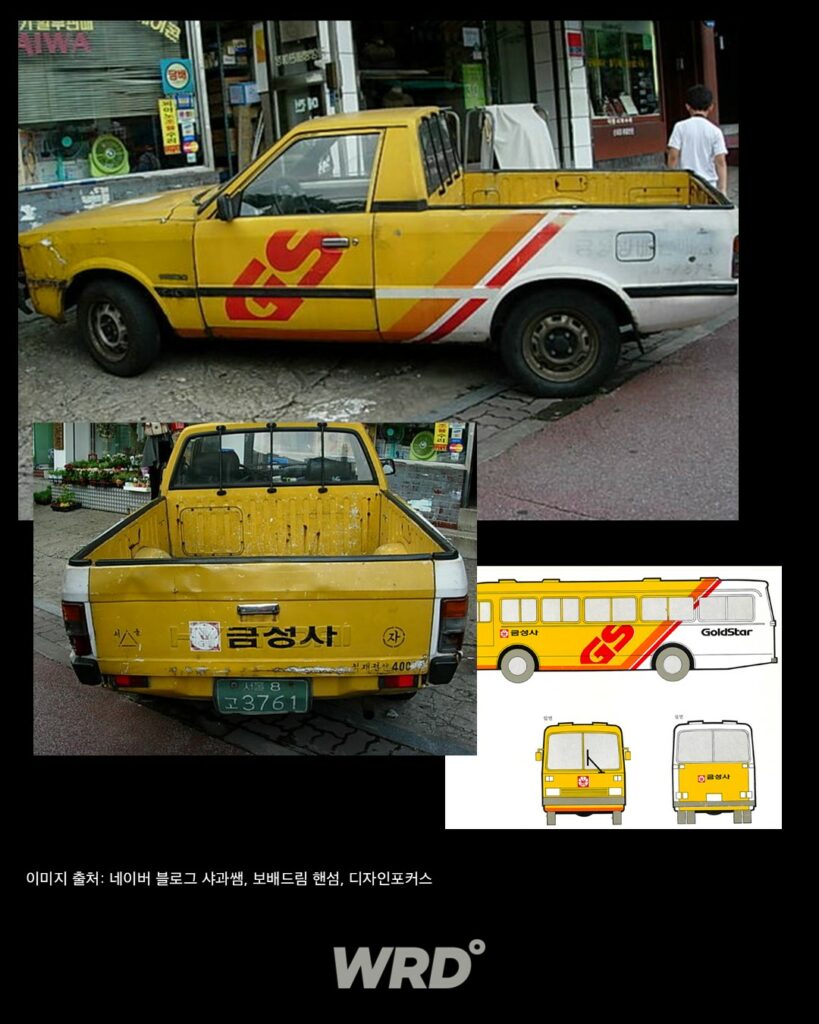

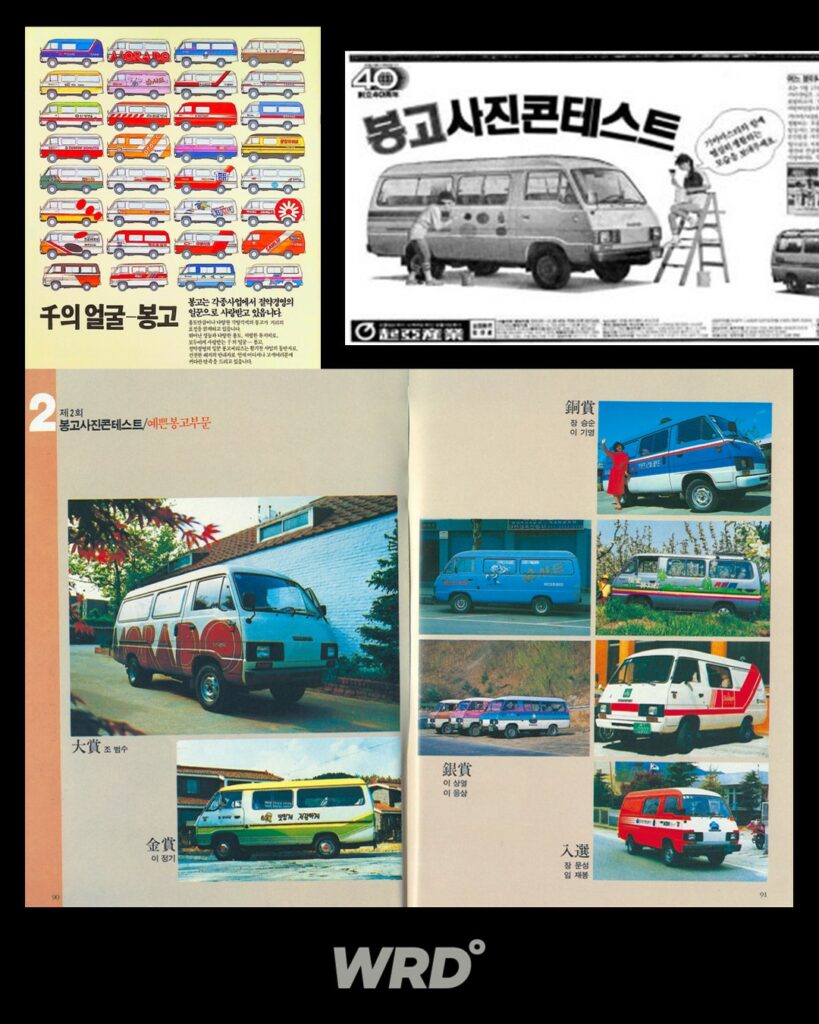

About WRD WORLD
WRD WORLD bridges deep automotive knowledge with compelling creative strategy, understanding the nuances from design to engineering, mobility to motorsport. Through our social media channels WRD°, we create original content exploring automotive culture from our unique perspective, building engaged communities of automotive enthusiasts. This dual approach—serving clients while maintaining our own media presence—ensures we stay ahead of trends and deliver cutting-edge solutions. Learn more at wrdworld.com
Disclaimer
This article features fan-made creative content that is not affiliated with or endorsed by Kia Corporation, LG Electronics Inc. (formerly GoldStar), Korea Broadcasting System (KBS), Hyundai Motor Group, Lotte Confectionery Co., Ltd., The Coca-Cola Company, Coca-Cola Korea Co., Ltd., FedEx Corporation, FedEx Express, International Olympic Committee, Asian Games Federation, Cultural Heritage Administration of Korea, or Honda Motor Co., Ltd. in any way.
This creative project is intended for editorial and entertainment purposes only and does not represent any actual products or services. We respect the intellectual property rights of all mentioned companies and organizations and do not claim ownership of any of their trademarks, logos, or designs. The historical references and archival materials are used for journalistic purposes under fair use for commentary and criticism. We assume no responsibility for any misunderstanding or misinterpretation of the content.
All vehicle designs shown are virtual renderings created by WRD° and are not real vehicles. Any historical facts and figures mentioned are based on publicly available information and archival research. The opinions expressed in this article are solely those of the author and do not reflect the views of any mentioned companies or organizations.

